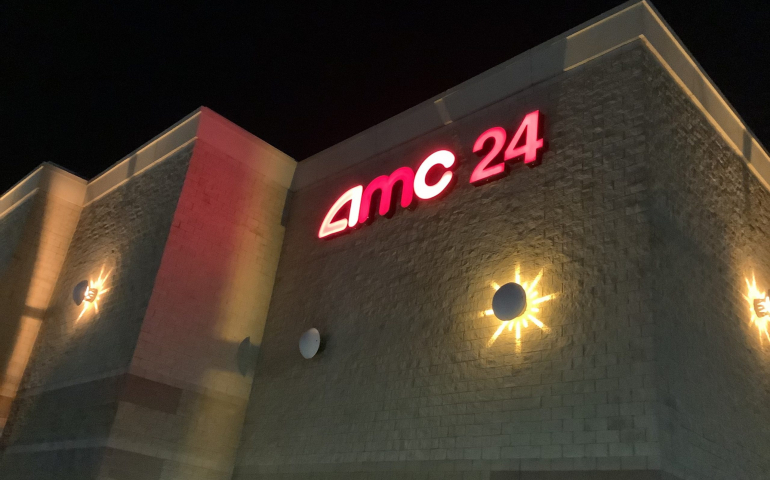Whenever a director creates a film that ends up winning Best Picture at the Academy Awards, it is always interesting to see what they will do next. James Cameron took twelve years to follow up Titanic with Avatar, while the Coen Brothers followed No Country for Old Men with Burn After Reading, a far different and less award-grabbing film. It has been six years since Bong Joon-Ho released Parasite, whose Best Picture win came out of nowhere, and film fans have been waiting on pins and needles to see what he makes next. I am sure that most people would not have expected a razor-sharp class satire to be followed by a big science fiction extravaganza, but when looking at the film closer, it is very much in line with his other work.
This film, based on a novel by Edward Ashton, tells the story of a man named Mickey Barnes, played by Robert Pattinson, who signs up to be an “expendable” in a futuristic society. An expendable is a worker that is cloned in order for scientists to test the effects of airborne viruses and send him on dangerous missions. After they have exhausted his use, he is disposed of and replaced by a new version. However, when two clones are left alive after a series of events, it sends them on a one-of-a-kind journey that leads them to much bigger places than they could have expected.
Bong Joon-Ho has always explored themes of class and politics in his work in a satirical way, and when he is working in the English language, these themes are less subtle than ever. Satire is an elastic genre and can run the gamut from being incredibly silly to brutally cutting. This film airs on the sillier side of satire, but Bong still does an admirable job of integrating themes of authoritarianism and social class disparity while still making room for science fiction. The movie is also packed with great character moments that are often funny when one least expects it.
In addition to the storytelling and filmmaking, Mickey 17 is filled with excellent acting. Robert Pattinson gives the second great twin performance of the year, following Theo James in The Monkey, and like James, Pattinson manages to create two very distinct characters as Mickey 17 and Mickey 18. Mickey 17 is a timid nebbish, while Mickey 18 has a far more aggressive approach. However, both are likable and compelling in their own way, and Pattinson (and his many different voices) deserves credit for leaning into the satirical tone.
Naomi Ackie delivers a lively performance as Nasha, Mickey’s love interest. I especially enjoyed her adoration for the titular character through each clone, finding it to be humorous and bizarre but also surprisingly sweet. Steven Yuen is quite good as Timo, Mickey’s “friend,” who confides in and tosses aside the titular character at equal turn. Finally, Mark Ruffalo and Toni Collete do wonderfully outsized work as the tyrannical leaders of this space community. Their behavior is grotesque, and their minute obsessions cause their downfall at every turn. Everyone knows what kind of film is being made, which allows them to go many different and fascinating directions in their performances.
I got the chance to see the movie with a few friends, and they all enjoyed it as well. When talking to SNU student Daniel De Lige, in addition to showing admiration for the science fiction elements like the “set design” and the design of the “creepers,” he expressed that it is “one of the funniest films I’ve seen in a long time.” My friend and SNU Student Thomas Bley had never heard of the film before seeing it. He talked about how the many different Robert Pattinsons stuck with him most, being a fan of “reincarnation/cloning/rebirth movies,” and he really enjoyed it as it “picked up and got better.” Honestly, I will never get tired of seeing people enjoy movies that they may have never seen otherwise, and if we can get more people to see ones that try to do as much as Mickey 17, I have done my job as a film critic.
Photo by: Jacob Mash
